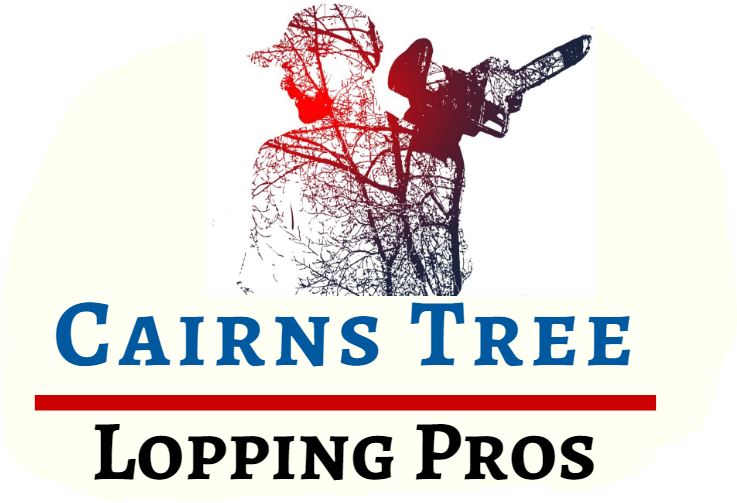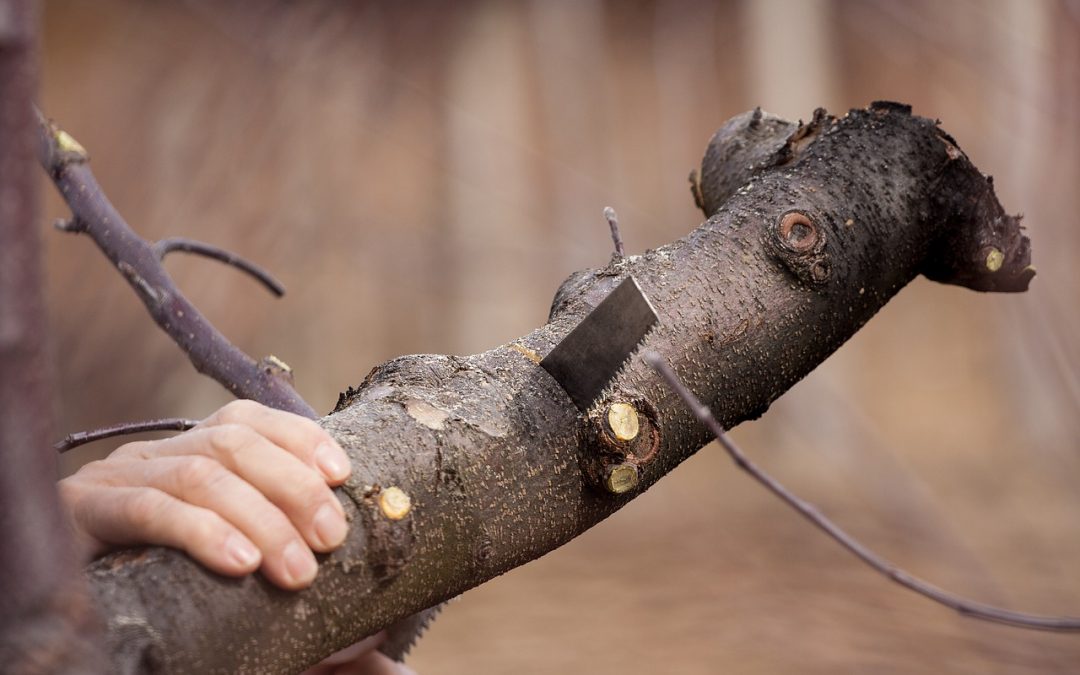Written by Sarah Moore and published on https://homeguides.sfgate.com/.
Tree care work in general is hazardous, but tree removal is especially dangerous. Successfully felling a tree requires knowledge of tree physics, biology, dangerous tools, advanced cutting techniques, and more. Homeowners who attempt their own tree removal may be injured by falling limbs, malfunctioning equipment, or the tree itself.
Table of Contents
Hazards of Cutting Trees
Keeping your property neat and beautiful sometimes necessitates the removal of a tree. Before you prepare to do so, however, make sure you know how to go about it in the safest way. Cutting down a tree poses many hazards that can be avoided by using proper techniques and observing safety precautions.
Falling
When cutting down trees, it is sometimes necessary to remove branches first. Perhaps the most obvious danger of working at heights is that of falling, especially if you are bending away from your center of gravity or using unwieldy tools. When using ladders, tie them to the tree you are working on securely before bringing up tools or beginning work. If you are high enough up that a fall to the ground could injure you, wear a fall-arrest harness attached to a thick, healthy branch with no signs of rot or cracking.
Being Hit By Branches or Trunks
As cutting down trees necessitates removal of branches and eventually the entire tree, you risk being hit by either. Have a helper assist you in bringing branches safely to the ground from upper heights, and remove all branches possible from ground level. When felling a tree, cut a third of the way through the tree parallel to the ground and then downward at a 60-degree angle to meet the inward end of the cut, creating a wedge. This will ensure that when you cut from the other side, the tree falls in the direction of the wedge.
Electrocution
Many trees are near power lines, and that puts you in danger if you need to remove them. Be especially careful when branches have grown out of control near telephone poles or power lines. Call the power company first to see if the lines can be shut off, or if they can ground out the lines or insulate them with blankets for you. Even so, take precautions so that you do not accidentally touch a line while working, as you can never be sure it is off.
Tool Injury
Although a chainsaw makes the work of cutting down a tree much easier, it is also a dangerous tool. Read the directions before you use it the first time and check that all is in order before each use. Manually remove anything that could cause the chainsaw to kick back at you, such as a nail or piece of rebar. Never cut directly overhead with a chainsaw, as you cannot always control its movement and don’t want it near your face or in a hard-to-control position.
Original post here https://homeguides.sfgate.com/hazards-cutting-trees-73321.html.

